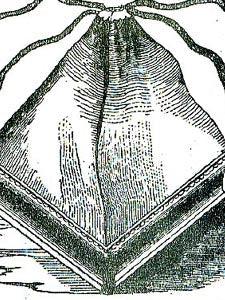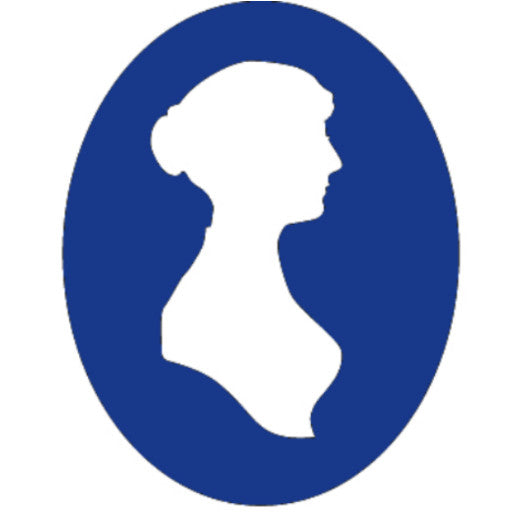The Regency Fashions of Childhood
The Regency Fashions of Childhood
While children are not usually thought of in the world of high fashion, with his debut of The Repository of Fashion... in 1809, Rudolph Ackerman provided modern readers with a record of what was worn by even the smallest of the Ton during the 20 years his magazine was published. As fashion evolved during the Regency, and figure hugging corsets gave way to loose, diaphanous gowns, so too, the fashions of childhood became simpler and while they still mimicked the clothes of their elders, a new style of short dresses and easy to wear pants and jackets came into vogue with overtones that can be seen even in today's children's wear. What Ackermann did, in showing his "models" engaged in many different types of activities with their children, was prove motherhood to be fashionable- or at least something not to be hidden away and relegated to the attic nurseries of country estates. In doing so, he also left a legacy of the fashions of childhood unequalled by any other period source.
Aside from fashion plates and art prints, the only other visual reference to the time that we have are portraits from the period. These, too clearly show relation between the changing attitudes in parenting and clothing styles over Jane Austen's lifetime. Even a cursory glance at those below will prove the point.
The first, by Joshua Reynolds, shows Margaret, Lady Spencer and her daughter Georgiana (later to be the famous Duchess of Devonshire) in 1759, a few years before Jane Austen's birth in 1775. You can see the young girl is dressed almost as a miniature adult and, small as she is (about 2), stands stock still.
In 1787, Reynolds would paint the Marsham children. Jane Austen would have been 11 or 12 at the time-- about the same age as the oldest girl in the picture. Here the children are given at least some childlike pastimes to entertain them while being painted and their clothes show the shift in fashion that came with the French Revolution. Though still mimicking the adults, their styles are much more comfortable and easy to wear.
What Ackermann did, in showing his "models" engaged in many different types of activities with their children, was prove motherhood to be fashionable- or at least something not to be hidden away and relegated to the attic nurseries of country estates. In doing so, he also left a legacy of the fashions of childhood unequalled by any other period source.
Aside from fashion plates and art prints, the only other visual reference to the time that we have are portraits from the period. These, too clearly show relation between the changing attitudes in parenting and clothing styles over Jane Austen's lifetime. Even a cursory glance at those below will prove the point.
The first, by Joshua Reynolds, shows Margaret, Lady Spencer and her daughter Georgiana (later to be the famous Duchess of Devonshire) in 1759, a few years before Jane Austen's birth in 1775. You can see the young girl is dressed almost as a miniature adult and, small as she is (about 2), stands stock still.
In 1787, Reynolds would paint the Marsham children. Jane Austen would have been 11 or 12 at the time-- about the same age as the oldest girl in the picture. Here the children are given at least some childlike pastimes to entertain them while being painted and their clothes show the shift in fashion that came with the French Revolution. Though still mimicking the adults, their styles are much more comfortable and easy to wear.
 A few years later, in 1794, Thomas Lawrence painted the famous Pinkie portrait. Here, a young girl stands with her back to the sea. The setting is out of doors, like the former, but much more casual in style, as both parenting and fashion had become. Her gown reflects the new "Regency Style" similar to the one seen in The Rice Portrait, which some believe to be Jane Austen, painted in 1790.
A few years later, in 1794, Thomas Lawrence painted the famous Pinkie portrait. Here, a young girl stands with her back to the sea. The setting is out of doors, like the former, but much more casual in style, as both parenting and fashion had become. Her gown reflects the new "Regency Style" similar to the one seen in The Rice Portrait, which some believe to be Jane Austen, painted in 1790.
 A portrait of The Fluyder Children painted in 1805 and a later one of Mrs. Henry Baring and her Children (1817) shows the complete turnover from stiff and formal attire, parenting and painting styles, to loose, playful and involved.
A portrait of The Fluyder Children painted in 1805 and a later one of Mrs. Henry Baring and her Children (1817) shows the complete turnover from stiff and formal attire, parenting and painting styles, to loose, playful and involved.

Many thanks to Heather Laurence for supplying high resolution scans of fashion plates, especially the fashions of childhood, in her collection. See more of her work and collection on her site, Solitary Elegance.


